The Patient Gardener’s Secret: How to Master Biennial Flowers
I’ll never forget my first real lesson in garden patience. A neighbor gave me a little packet of seeds for something called ‘Canterbury Bells.’ I planted them, tended them, and for an entire year… nothing. Well, not exactly nothing. I got a flat, unassuming clump of leaves. I was sure I’d messed it up. But then, the following spring, those boring leaf clumps rocketed skyward, producing these incredible, bell-shaped flowers. It was a genuine ‘a-ha!’ moment.
In this article
That experience taught me something fundamental: some of the most stunning parts of a garden operate on their own schedule. Biennials, with their two-year plan, are the perfect example. They aren’t as flashy as the instant-gratification annuals, and they don’t have the long-term commitment of perennials, but they fill a unique and beautiful niche in between.
After years of designing gardens and getting my hands dirty, I’ve come to rely on them. They add a sense of maturity and surprise that’s hard to replicate. This guide is all about demystifying these two-year wonders, turning them from a puzzle into one of your garden’s most reliable joys.
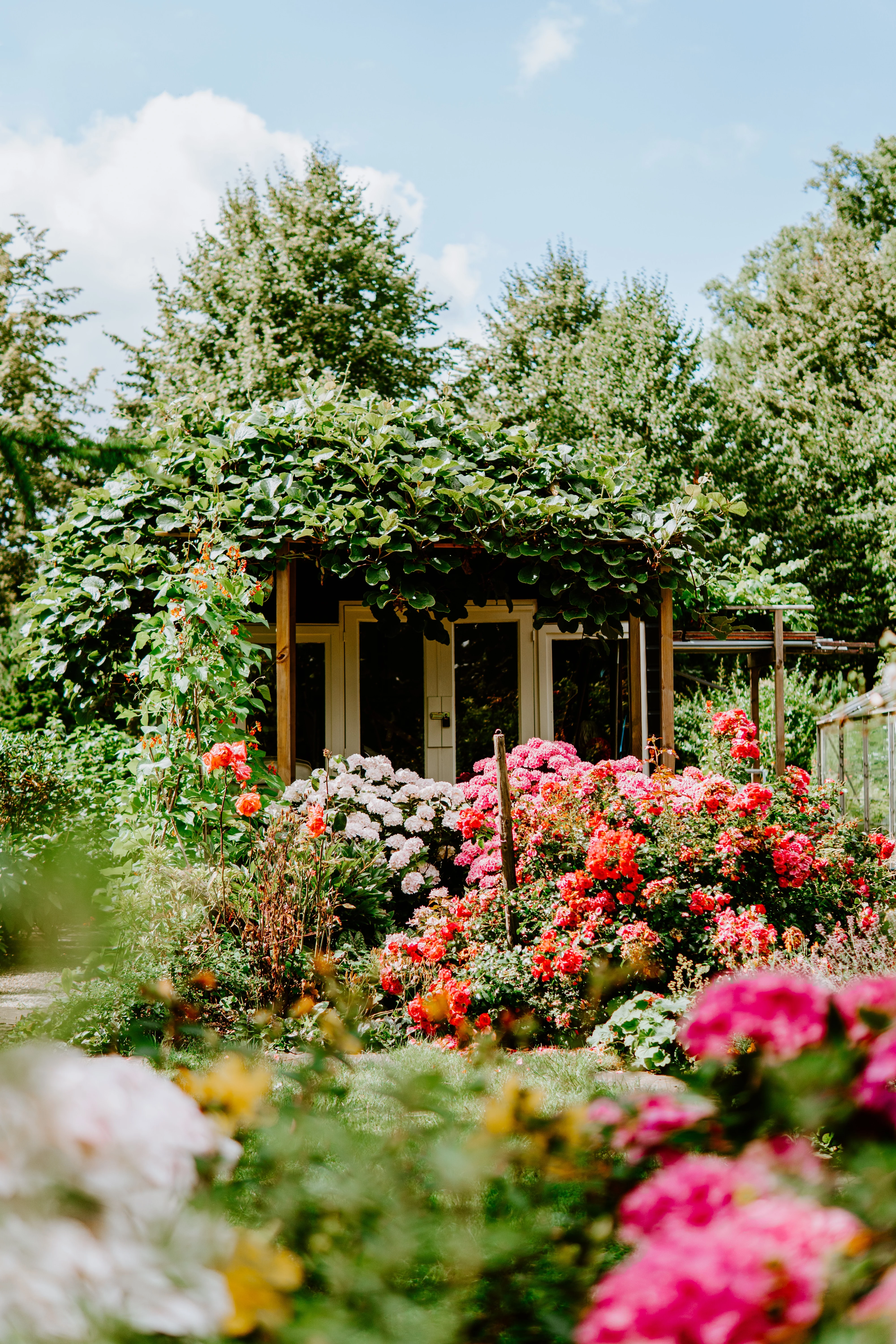
The Biennial Clock: What to Expect and When
So, what does ‘biennial’ actually mean? It’s simply a plant that takes two full years to go from seed to flower and back to seed again. It’s a survival strategy, and understanding it is the key to not accidentally weeding your future flowers.
Year One is all about building the foundation. From a tiny seed, the plant puts all its energy into growing a strong root system and a low-lying cluster of leaves called a basal rosette. You’ll see this with Foxgloves, Hollyhocks, and Sweet William. Think of this leafy clump as a solar panel, soaking up sun all season long to charge its battery—usually a thick taproot. A big, healthy-looking rosette in the fall is a fantastic sign of a spectacular flower show to come.
Then comes the winter. For many biennials, this isn’t a time for sleeping; it’s a critical trigger. The extended cold period, a process called vernalization, is the signal that tells the plant it has survived year one and can prepare to flower. This is why a Foxglove started in a warm greenhouse that never gets a winter chill might just stay a clump of leaves forever. It never got the memo to move on to the next stage.
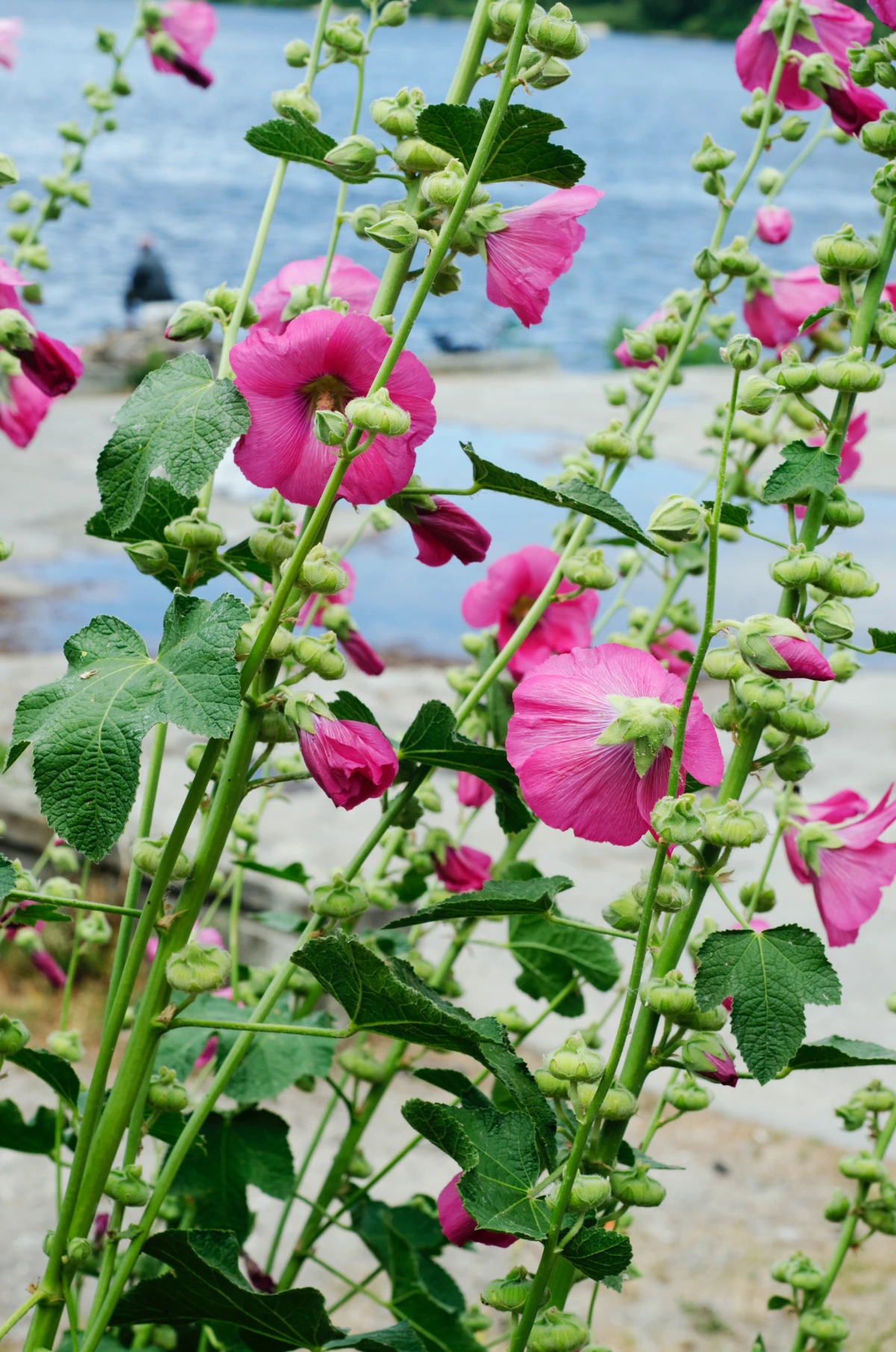
Year Two is the grand finale. Come spring, fueled by all that stored energy, the plant ‘bolts’—rapidly sending up a tall flower stalk. The leafy rosette at the base often withers away as all the plant’s resources are channeled upward. It flowers, gets pollinated, and then completes its final mission: making seeds. After the seeds drop, the original plant’s life is over. It’s not a failure; it’s a success story!
Getting Started: The Easy Way and the Patient Way
Okay, so how do you actually start? You’ve got two main paths, and honestly, there’s no wrong choice.
- The Patient Way (From Seed): This is the most budget-friendly option. A packet of seeds will only set you back about $3 to $5 from places like Baker Creek Heirloom Seeds online or even your local hardware store. The trick is timing. You’ll want to sow these seeds in late spring or early summer, right into your garden beds. This gives them the whole season to build up that strong rosette for next year’s show.
- The Shortcut (From Plants): Here’s a lesser-known trick for those who want flowers next year. Head to a local nursery in the late summer or fall. Look for those little first-year rosettes sold as starter plants. They might cost more, around $5 to $10 per plant, but you’re essentially buying a year’s worth of time. You plant them in the fall, they settle in, and boom—you get flowers the very next spring.

The Secret to Continuous Blooms: Staggered Planting
The biggest frustration for new biennial growers is the ‘gap year.’ You plant seeds, get amazing flowers in year two, and then… they’re gone. The garden bed is empty. The pro solution is ridiculously simple: staggered planting.
It sounds complicated, but it’s not. In your first year, you sow one batch of seeds. The next spring, while that first batch is flowering its heart out, you sow a second batch of seeds right alongside them. When year three rolls around, the first batch will be gone (but has likely dropped its own seeds!), and the second batch will be ready for its floral debut. If you just make it a habit to sow a new little patch of biennial seeds each spring, you’ll always have one generation growing leaves while another is putting on the main event. It creates a seamless, continuous cycle of blooms.
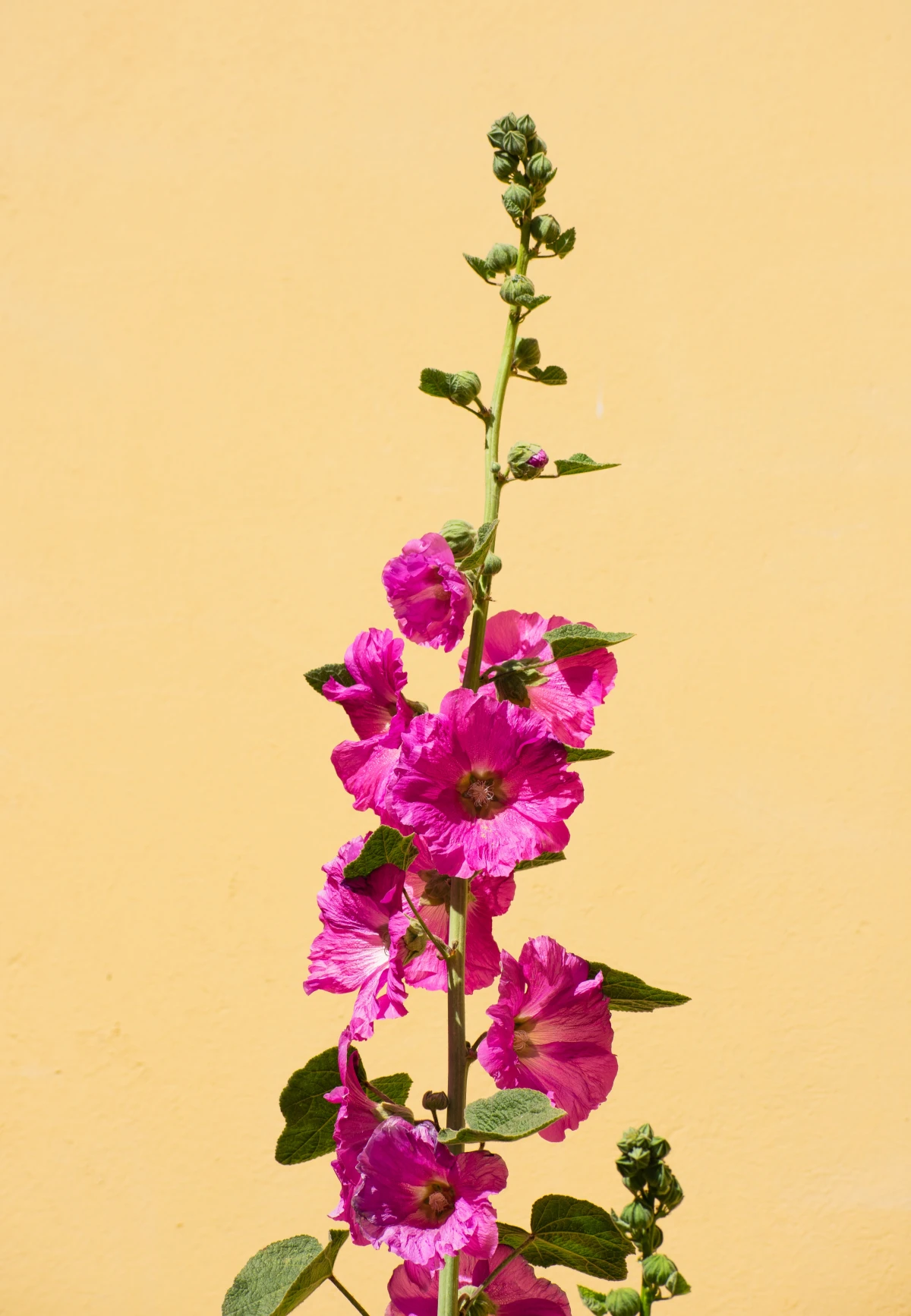
A Closer Look at the Classics: My Field Notes
Before we dig into the details, here’s a quick rundown to help you choose. Hollyhocks are the tall, sun-loving spires that almost always need staking. Foxgloves offer elegant, bell-shaped flowers for shady spots but are highly toxic and not for gardens with curious kids or pets. For a foolproof beginner’s choice that smells incredible, go with Sweet William. And for show-stopping, cup-shaped flowers, Canterbury Bells are fantastic, though they can be a bit fussy.
Hollyhock (Alcea rosea)
The absolute backbone of a traditional cottage garden. Their tall spires against a fence or wall are just classic. In year one, they form a big clump of large, fuzzy, heart-shaped leaves. In year two, a stalk shoots up, often 5 to 8 feet tall, covered in flowers.
Heads up! The biggest issue is hollyhock rust—those ugly orange spots on the leaves. The best defense is good airflow. I make sure to plant mine at least 18 to 24 inches apart. It seems like a lot of space at first, but it really helps. Also, always water the soil, not the leaves, and remove any infected leaves immediately (don’t compost them!). Staking is pretty much mandatory.
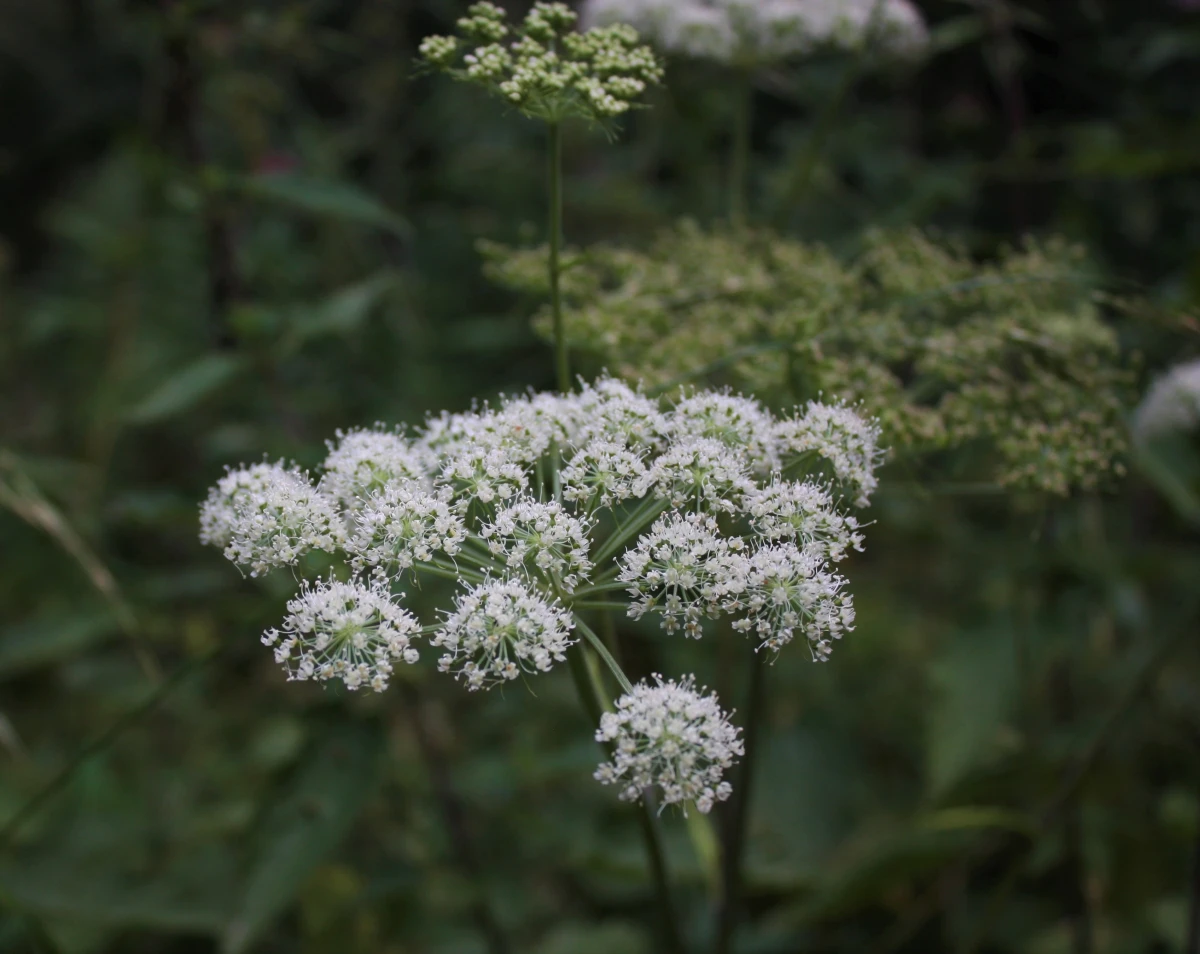
When to Sow: Direct sow outdoors in late spring after your last frost date.
Foxglove (Digitalis purpurea)
Perfect for adding a touch of woodland elegance to partly shaded spots. Bumblebees adore them. The first-year rosette is soft and grayish-green, and in the second year, an impressive 3- to 5-foot spike emerges with those iconic, speckled bell flowers.
CRITICAL SAFETY WARNING: I can’t stress this enough. Every single part of the Foxglove plant is highly toxic if eaten. It contains compounds used in heart medication and can be extremely dangerous. Please, do not plant this where small children or pets might be tempted to nibble. I always wear gloves when handling them. With my own kids, I established a simple rule: we don’t eat anything from the garden unless we ask a grown-up first. It’s a great habit that keeps them safe around beautiful but dangerous plants.
When to Sow: Start seeds indoors 6-8 weeks before the last frost, or sow directly outside in late spring.
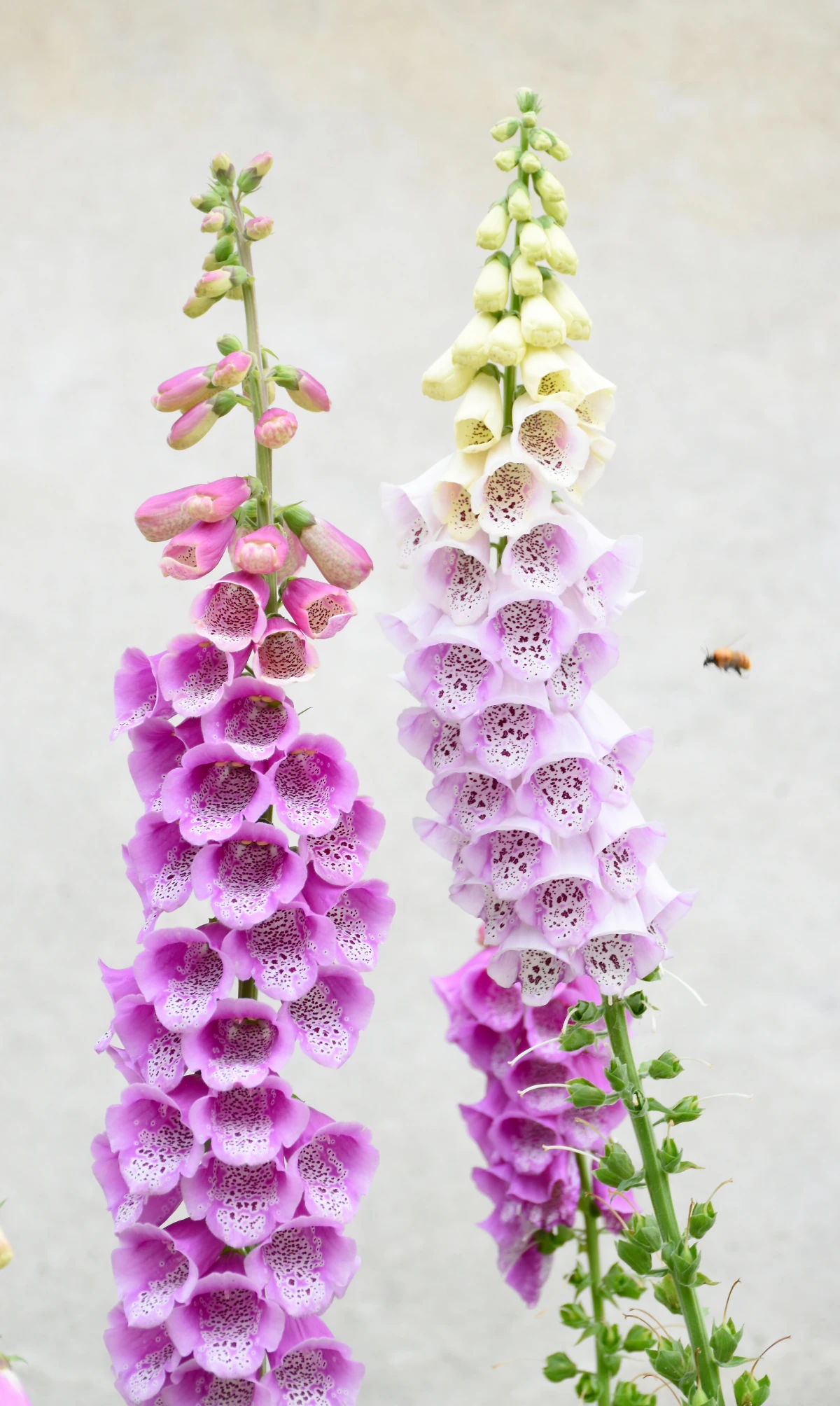
Sweet William (Dianthus barbatus)
This one is a personal favorite. The spicy, clove-like scent is just divine. In year one, it forms a neat, low mat of blue-green leaves that often stays evergreen through winter. The next spring, it produces dense clusters of vibrant, often bicolored flowers on 1- to 2-foot stems. They are fantastic for cutting.
Beginner’s Best Bet: If you’re new to biennials, start here. They’re tough, cheap, and so rewarding. A $4 packet of seeds in a sunny spot is all you need. Their one demand is good drainage. They will rot in heavy clay. Not sure about your soil? Dig a 1-foot-deep hole, fill it with water, let it drain, then fill it again. If the water is still there after 4-5 hours, your drainage is poor. Amending with compost or building a simple raised bed is the easiest fix.
When to Sow: Sow directly in the garden in late spring or early summer.
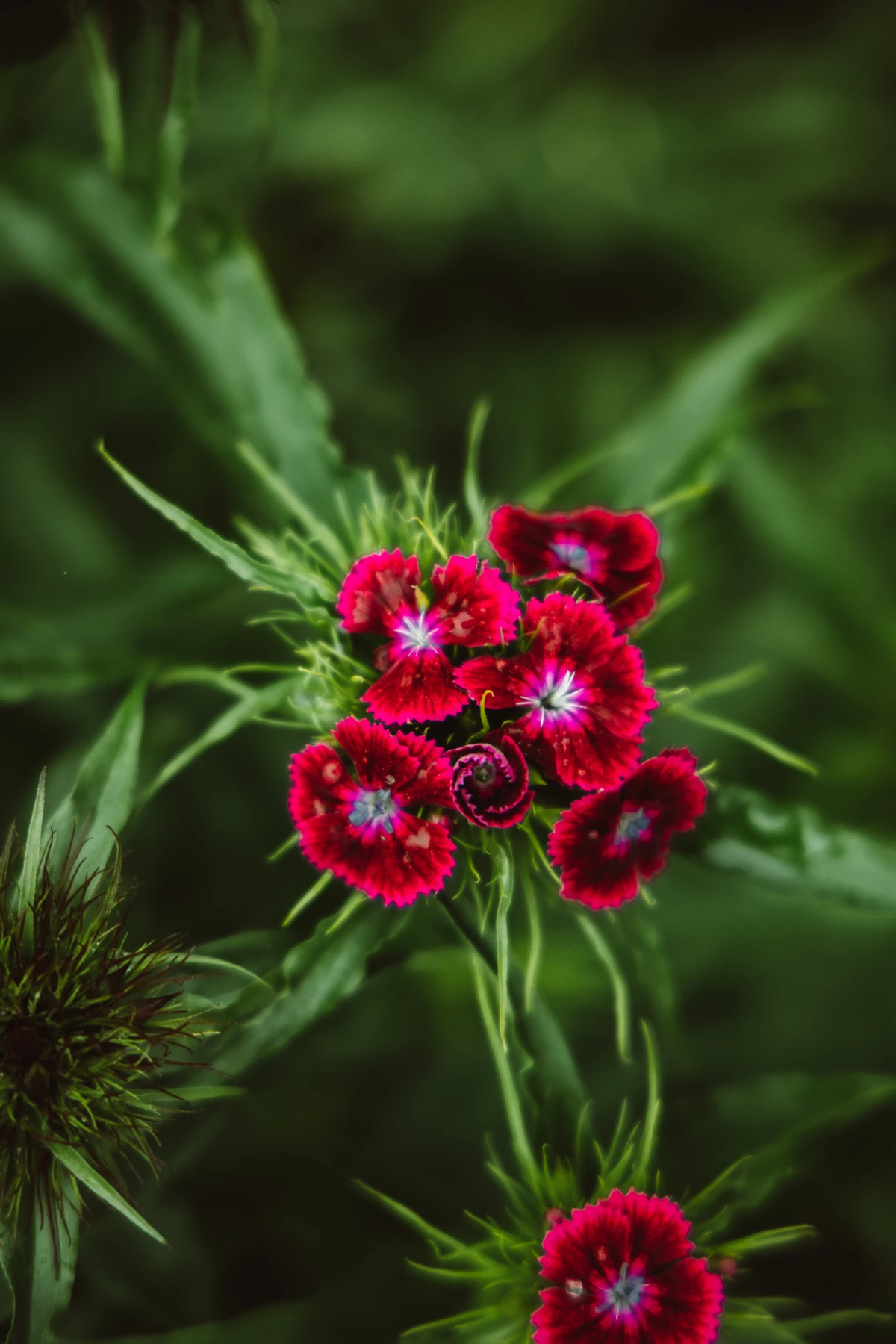
Canterbury Bells (Campanula medium)
This is the plant that started it all for me. The large, 2-inch bell or cup-shaped flowers in shades of blue, pink, and white are just gorgeous. They form a tidy rosette of light green leaves in year one and send up 2- to 3-foot stalks in year two.
A Quick Tip: Slugs and snails find the young growth absolutely delicious. In early spring, I always sprinkle some slug bait around the base of the plants. I prefer the iron phosphate type, which is much safer for pets and wildlife than traditional baits. You can find it at any garden center. Staking is also a good idea to support the heavy blooms.
When to Sow: Start indoors 8-10 weeks before the last frost or direct sow in early summer.
Forget-Me-Not (Myosotis sylvatica)
These create a breathtaking carpet of tiny, sky-blue flowers in spring, perfect for weaving around tulips and daffodils. They’re incredibly easy to grow. Almost too easy.
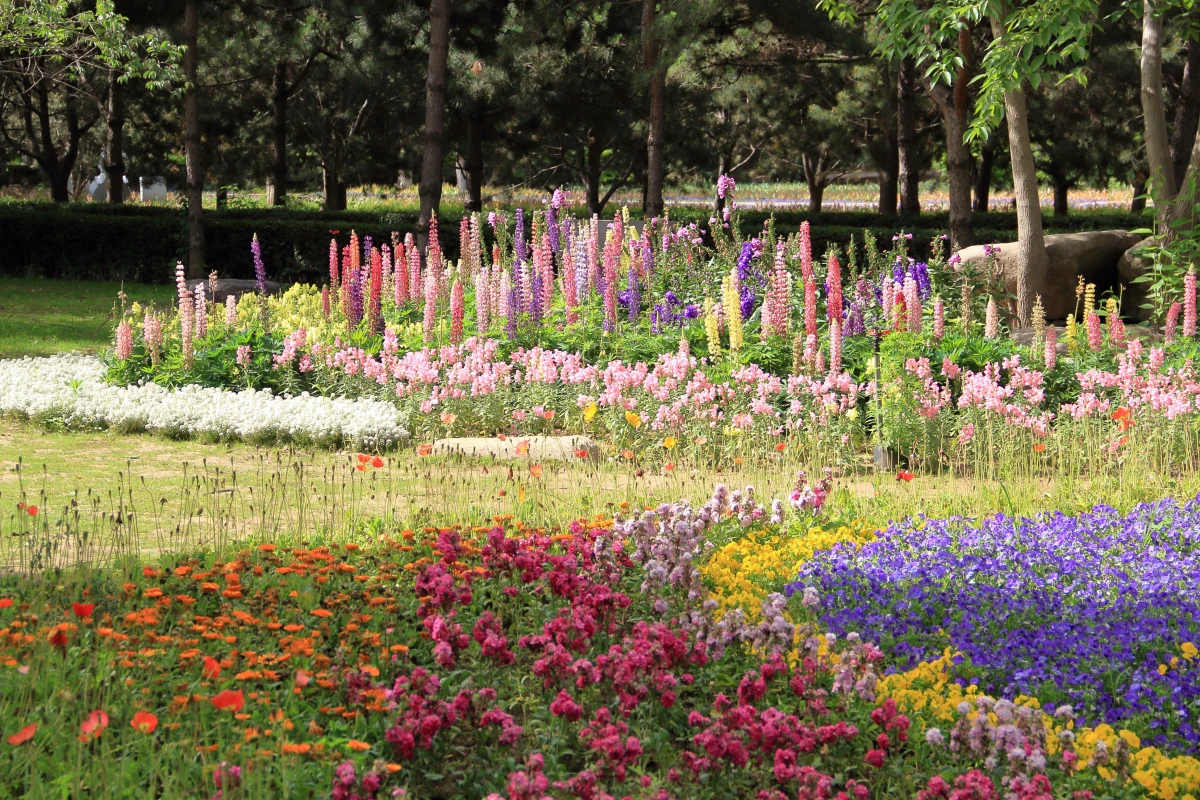
Good to know: Forget-Me-Nots are aggressive self-seeders. Once you have them, you will likely always have them. In some areas, they’re even considered invasive. Before planting, it’s worth checking if they’re a problem in your region. If you do plant them, be ready to pull up unwanted seedlings to keep them in check. They are, however, very easy to pull.
When to Sow: Just scatter seeds in a moist, shady spot in late summer or fall. They’ll take care of the rest.
Seed Saving: Your Free Plant Factory
One of the best perks of growing biennials is the sheer volume of seeds they produce, saving you from buying new $4 seed packets every year. To collect them, wait for the seed pods on the stalk to turn brown and dry. If you shake a pod and hear rattling, they’re ready. Snip the stalks, turn them upside down inside a paper bag, and let them finish drying. The seeds will fall right out. Store them in a labeled paper envelope—never plastic—in a cool, dry place like a cupboard. Easy peasy.
A Final Thought on the Two-Year Dance
Growing biennials is a small act of faith. It’s about planning and planting for a future you can’t quite see yet. In a world obsessed with instant results, there’s something deeply satisfying about this slow, deliberate process. The reward isn’t just a beautiful flower; it’s a deeper appreciation for the patient, steady rhythms of the natural world.
Inspirational Gallery with Photos
The secret to annual biennial blooms: Don’t just plant once! To avoid a
That first-year leafy rosette can look a bit lonely. Camouflage the waiting game and keep your borders full by pairing them with hardworking annuals. Good companions include:
- Fluffy, airy Cosmos that won’t completely overshadow the rosettes.
- Low-growing Alyssum to create a living mulch around the base.
- Zinnias for a pop of bold, reliable color that lasts until the first frost.
The foxglove, or Digitalis purpurea, gets its name from its toxic but medically vital compound, digitalin, used to treat heart conditions since the 18th century.
Do I have to let my biennials self-seed everywhere?
Not at all! You’re in control. For a more curated look, enjoy the flower show and then snip off most of the spent flower stalks before they drop all their seeds. Leave just one or two of the strongest stalks to mature and scatter seed naturally. This provides you with enough ‘volunteer’ plants for next year without a complete garden takeover.
For a touch of drama that evokes old-world gardens, it’s hard to beat the Hollyhock ‘Nigra’, an heirloom variety often found in catalogs like Baker Creek Heirloom Seeds. It’s not a true black, but its effect is breathtaking, with single, silky petals in the deepest shade of maroon-chocolate that combine beautifully with silvery foliage or bright lime-green flowers.
- It simplifies watering and weeding for dozens of tiny seedlings.
- It keeps your precious baby plants safe from slugs and foot traffic.
- It allows you to select only the strongest rosettes for transplanting.
The secret to this stress-free start? A dedicated biennial nursery bed. Just a small 3×3 foot patch of prepared soil is all you need.
Foxgloves have co-evolved with long-tongued bumblebees; the flower’s length and shape are perfectly suited to these specific pollinators.
This is biennial gardening at its most ecological. By planting foxgloves, you’re not just creating beauty, you’re providing a specialized and vital food source that other flowers might not offer. The markings inside the bells even act as ‘nectar guides,’ directing the bees straight to their reward.
Direct Sowing: The easiest method. Simply scatter seeds like Sweet William or Forget-me-nots where you want them to bloom in late spring or early summer. Thin them out once they sprout.
Nursery Bed Start: Gives you more control. Sow seeds in a dedicated, out-of-the-way bed. In autumn, you can transplant the strong, healthy rosettes to their final positions.
The nursery bed approach is ideal for prized seeds like special Foxglove cultivars, ensuring a higher success rate.
Don’t overlook the subtle magic of Honesty (Lunaria annua). While its spring flowers are a lovely purple or white, its true biennial reward comes in autumn. The green seed pods dry to reveal shimmering, silvery, translucent discs that look like mother-of-pearl moons. They are stunning in dried flower arrangements and catch the low winter light beautifully if left in the garden.










